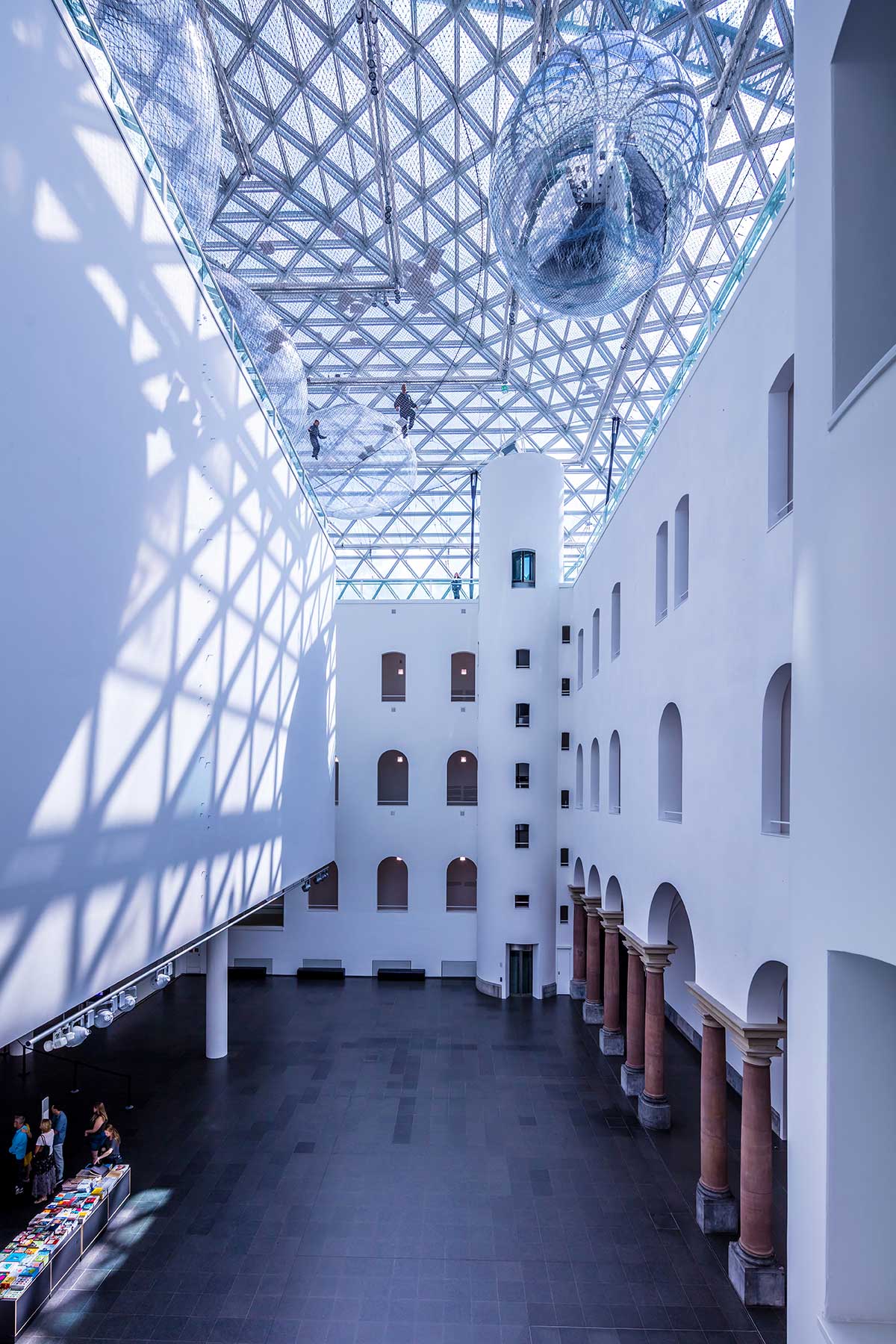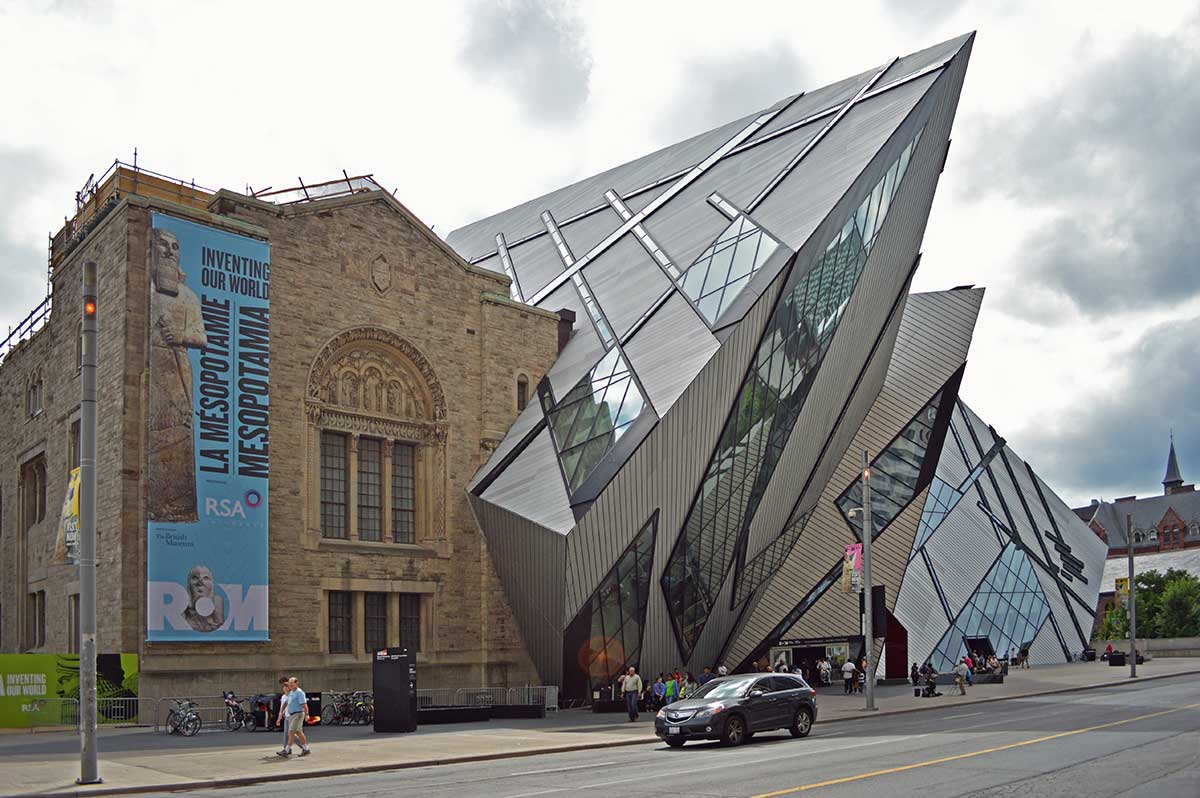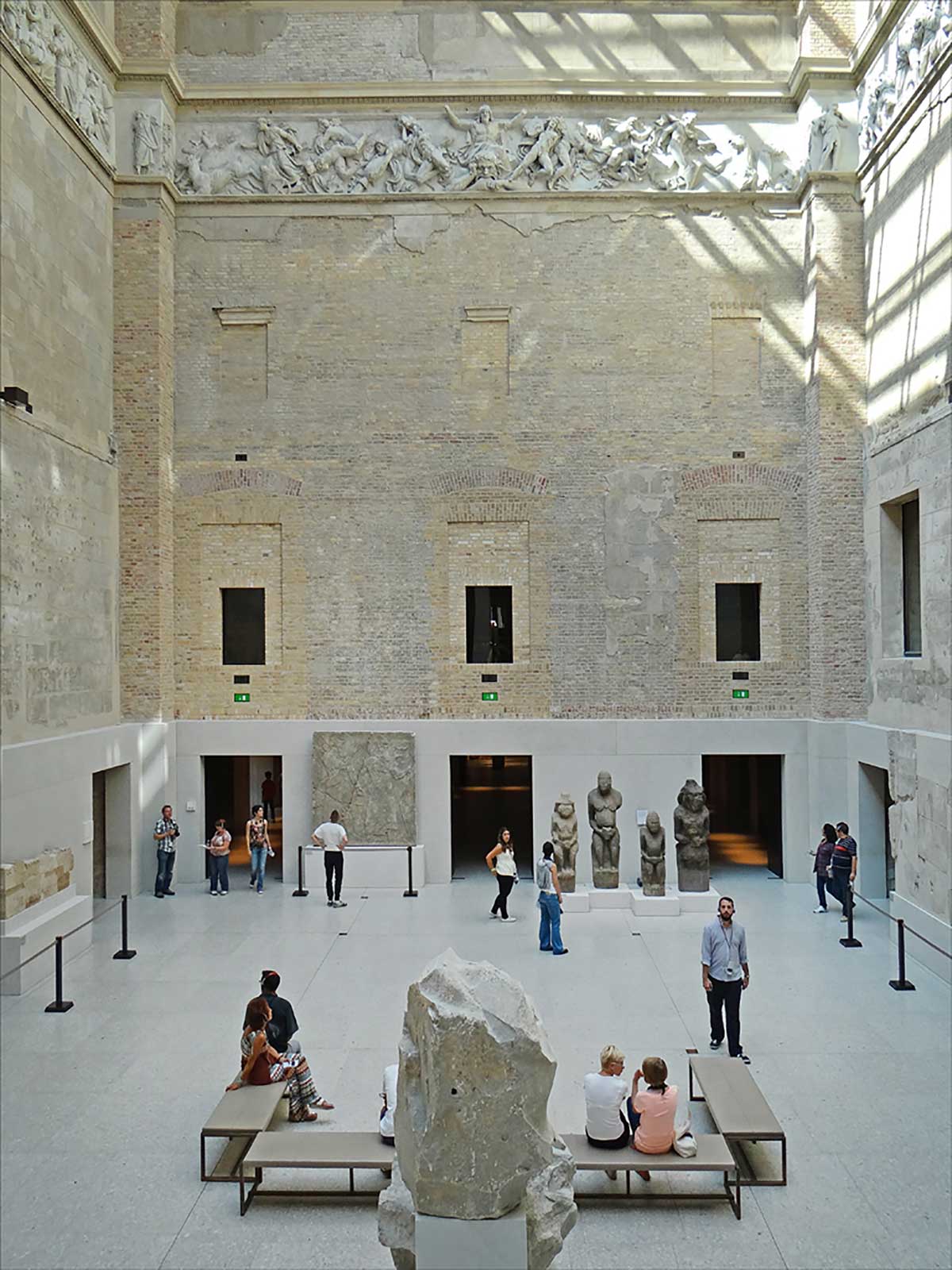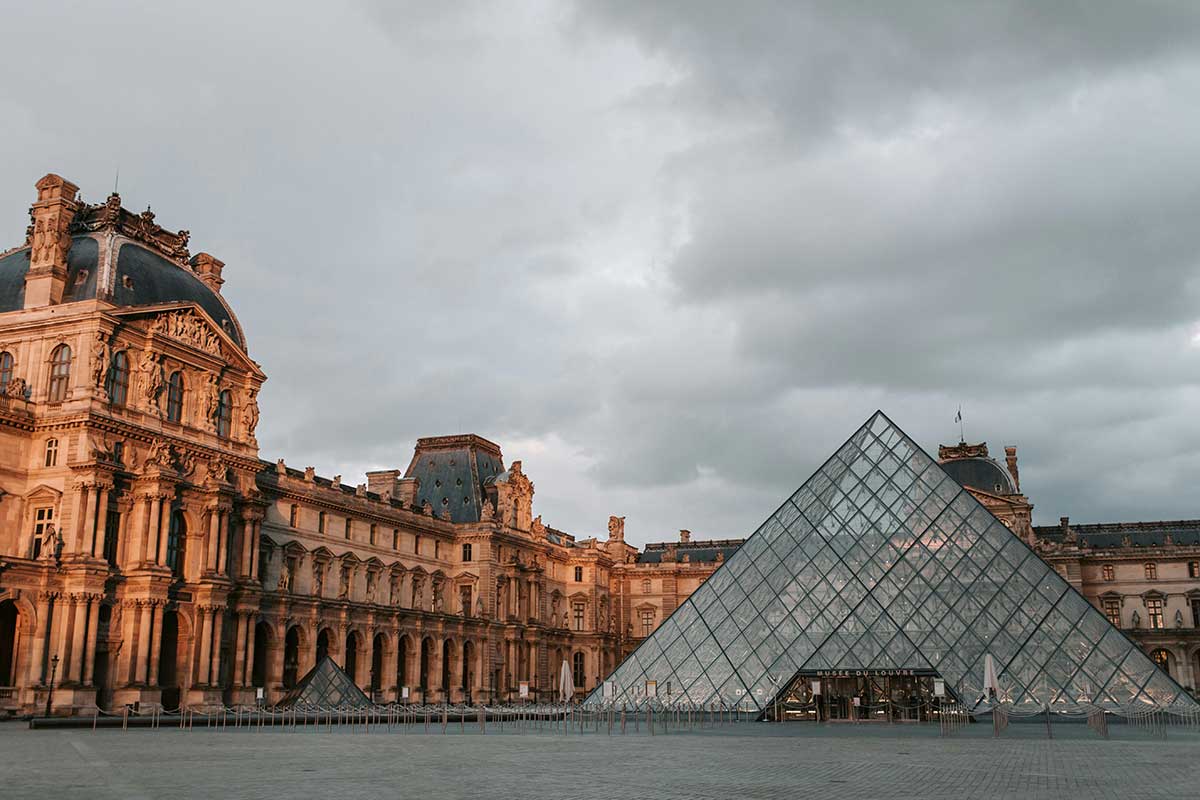The challenge of marrying historic heritage with contemporary architecture, represents both a creative opportunity and a cultural responsibility. Whilst such architectural projects must preserve the history and culture embodied in the building, they must also revitalise and extend its historic spaces. Let us look at some examples where contemporary architecture manages to coexist harmoniously with historical heritage.
-The Louvre Museum and the Louvre Pyramid (1989), Paris, France: designed by architect I. M. Pei, the Louvre Pyramid was built in 1989. M. Pei, the Louvre Pyramid is a glass and metal structure, which serves as the main entrance to the museum. It creates a visual contrast with the 12th century palace that houses the Louvre’s collections. Proof of the success of this incursion of modern architecture into a historic setting is that the pyramid is now as emblematic as the museum itself, to the point of becoming part of the identity of the historic site.

Jean-Pierre Dalbéra | CC BY 2.0
–K21 Museum of Contemporary Art (2002), Düsseldorf, Germany: the K21 Ständehaus is a former parliamentary building transformed into a space for contemporary art exhibitions. The architects preserved the grandeur of the 19th century building, while introducing contemporary elements such as glass installations to house contemporary art exhibitions. This blend of old and new creates a dynamic environment, which both respects and enhances the historic character of the original building.

Daniel MacDonald - CC BY 2.0
–Royal Ontario Museum, the Michael Lee-Chin Crystal (2007), Toronto, Canada: The Royal Ontario Museum incorporated an extension known as the Michael Lee-Chin Crystal, a contemporary design by Daniel Libeskind. The design consists of angular planes and a glass and aluminium façade, which contrasts and fruitfully dialogues with the traditional forms of the existing building. Although somewhat controversial at first, the extension has ultimately been praised as a bold interpretation of the cohabitation of modern spaces with historic buildings.

GraphyArchy - CC BY-SA 4.0
–Neues Museum (2009), Berlin, Germany: The Neues Museum in Berlin, originally designed by Friedrich August Stüler in the 19th century, suffered significant damage during World War II. Its restoration, led by British architect David Chipperfield, not only reconstructed the damaged parts using traditional techniques and materials, but also integrated modern elements that complement the original architecture. For this part, Chipperfield used materials such as concrete and steel. In doing so, he clearly differentiated the modern additions from the historic structure.
By Juan Guardiola Cutillas, Senior Architect in Amusement Logic’s Architectural Dept.






